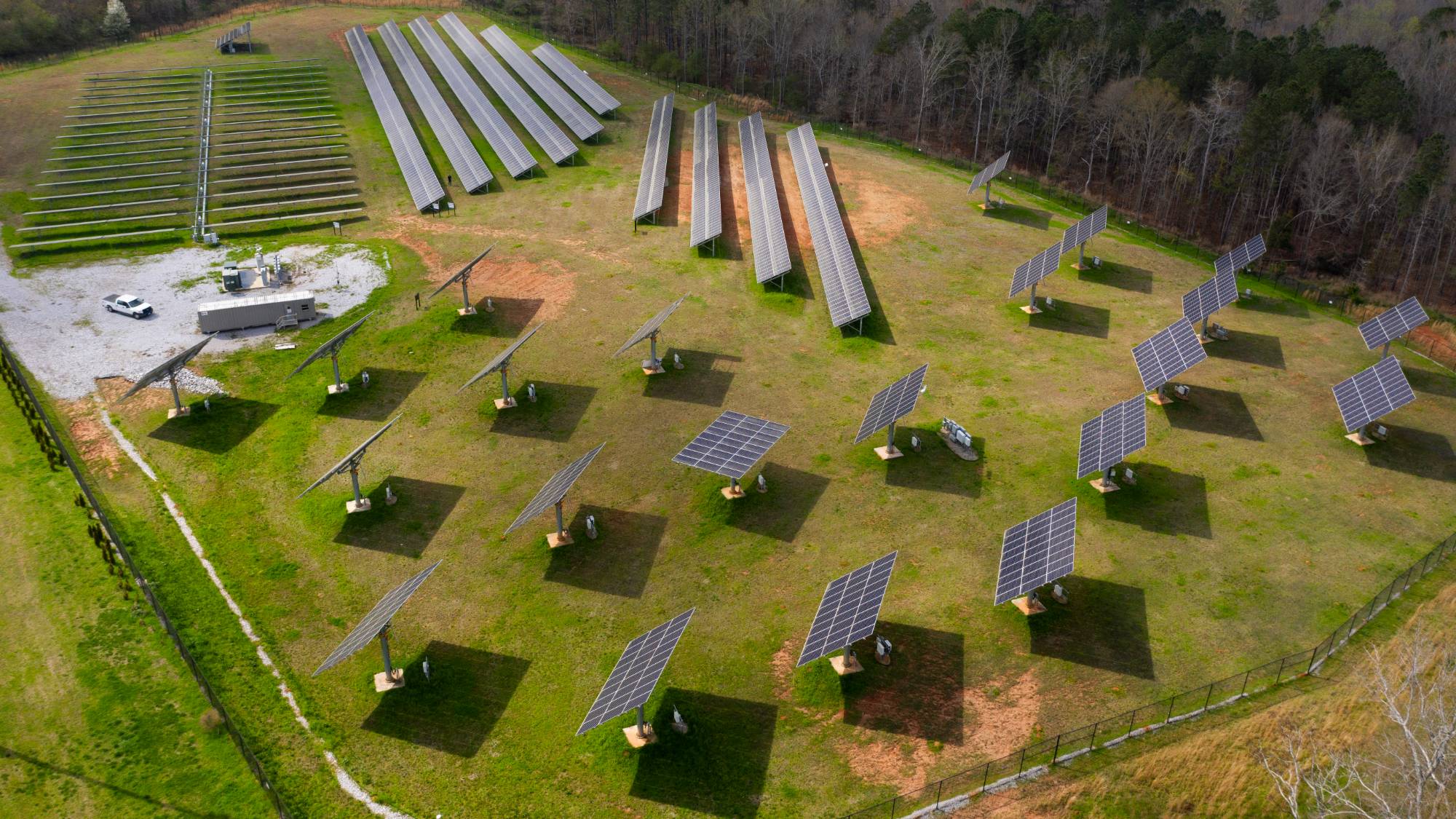Primary Campus Energy Systems
Electricity
Over 95% of the electricity used in statewide UGA facilities is consumed at the main Athens campus, which is served by a 100-megawatt substation connected to Georgia Power. The electrical distribution network that connects the main campus buildings to the substation is owned and maintained by UGA Facilities Management Division.
Steam
Most of the main Athens campus uses steam to heat buildings, generate hot water, and operate laboratory equipment. The Central Steam Plant is located near the intersection of Cedar Street and East Campus Road, and steam is distributed throughout campus in insulated underground pipes. The steam plant runs primarily on natural gas but can switch to fuel oil if gas service is interrupted, and there is an electrode boiler kept in reserve for extreme cold events or fuel emergencies. The steam plant efficiency improved significantly after March 2015 when the 1960’s-era coal boiler was decommissioned.
Chilled Water
The main Athens campus is divided into six discrete chilled water districts or “loops.” In each district, buildings are connected to each other with insulated underground pipes that allow them to share cooling equipment. Chilled water is used to cool and dehumidify air that is circulated inside buildings using large fans and ducts. One advantage of sharing equipment in this way is that it is more effective to maintain fewer, larger chillers than a large number of individual air conditioners. It also allows the chillers to be staged to run at optimum efficiency.
As of 2016, UGA has two district energy plants (DEPs). DEP-1 is located at the corner of Baxter and Newton Streets and is connected to the central chilled water district that serves the Tate Center, Miller Learning Center, Bolton Dining Commons, Brumby and Russell residence halls, the Business Learning Community buildings, and others. DEP-2 is located next to the steam plant and serves Science Hill and the south campus chilled water district that includes Davison Life Sciences, Miller Plant Sciences, Aderhold, Forestry, Ecology, Snelling, the Georgia Center, and others in the area. These DEPs were built to allow older, less efficient chillers in some of the buildings to be decommissioned, replacing their capacity with new, state-of-the-art chillers in a central facility. This strategy allows for additional conservation measures beyond just chiller efficiency. DEP-1 uses waste heat from the chillers to generate hot water for nearby buildings, and make-up water for the cooling tower is supplemented by harvested rainwater.

